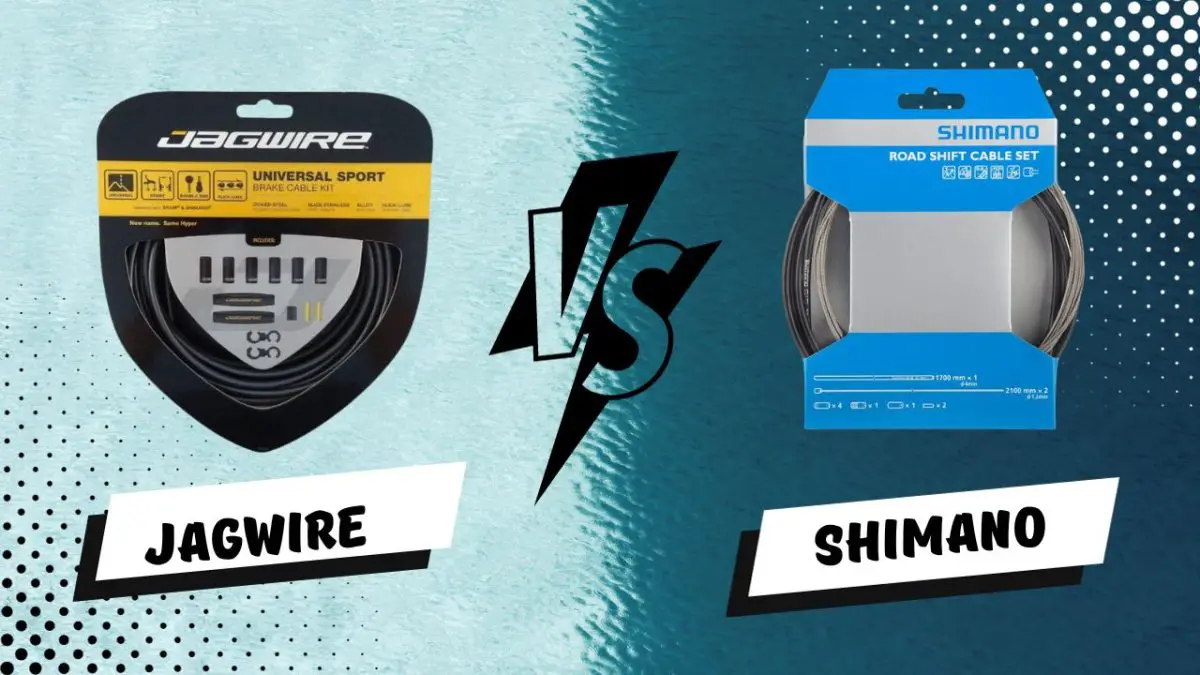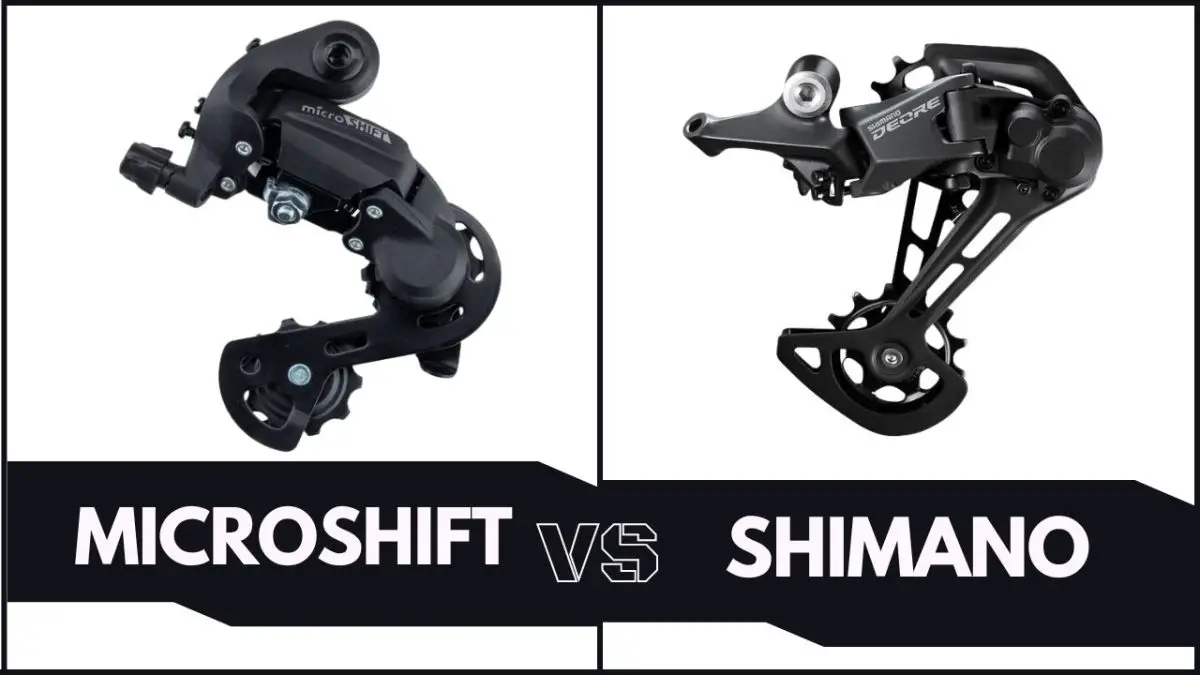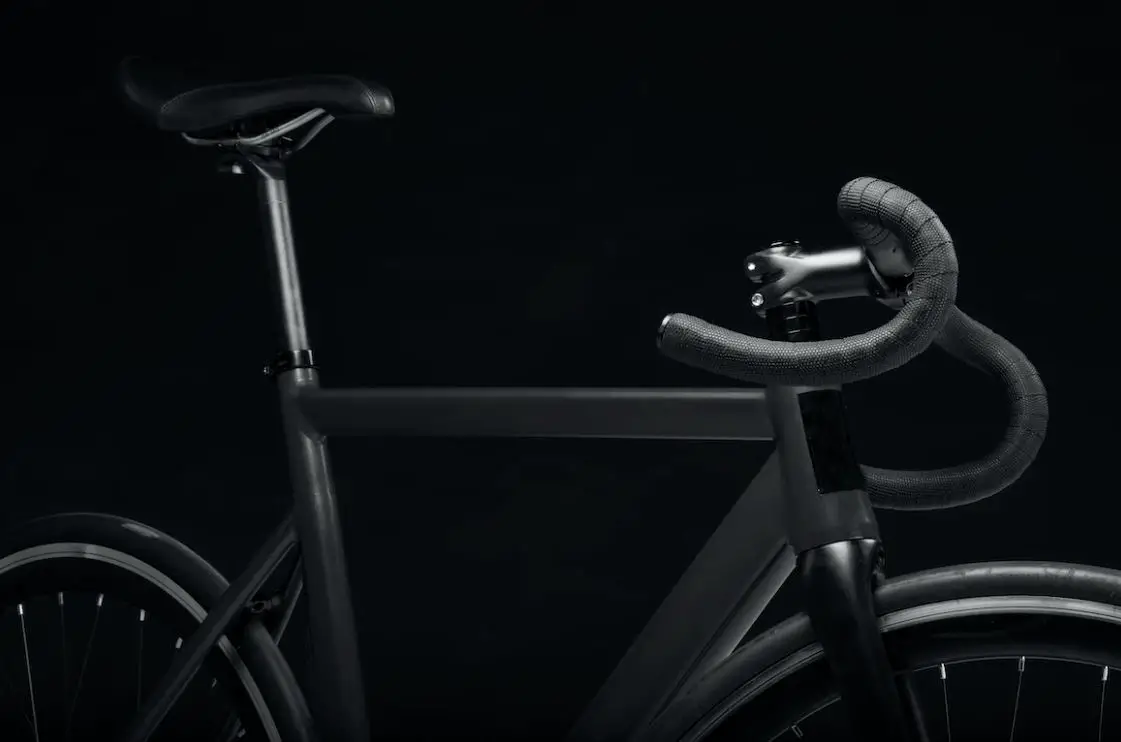· Hugo · Customizing · 5 min read
Can You Use A SRAM Cassette With Shimano Derailleurs?
Wondering if you can install a SRAM cassette with a Shimano derailleur? After all, both brands are well-respected and offer a range of high-quality components, so why not mix and match?
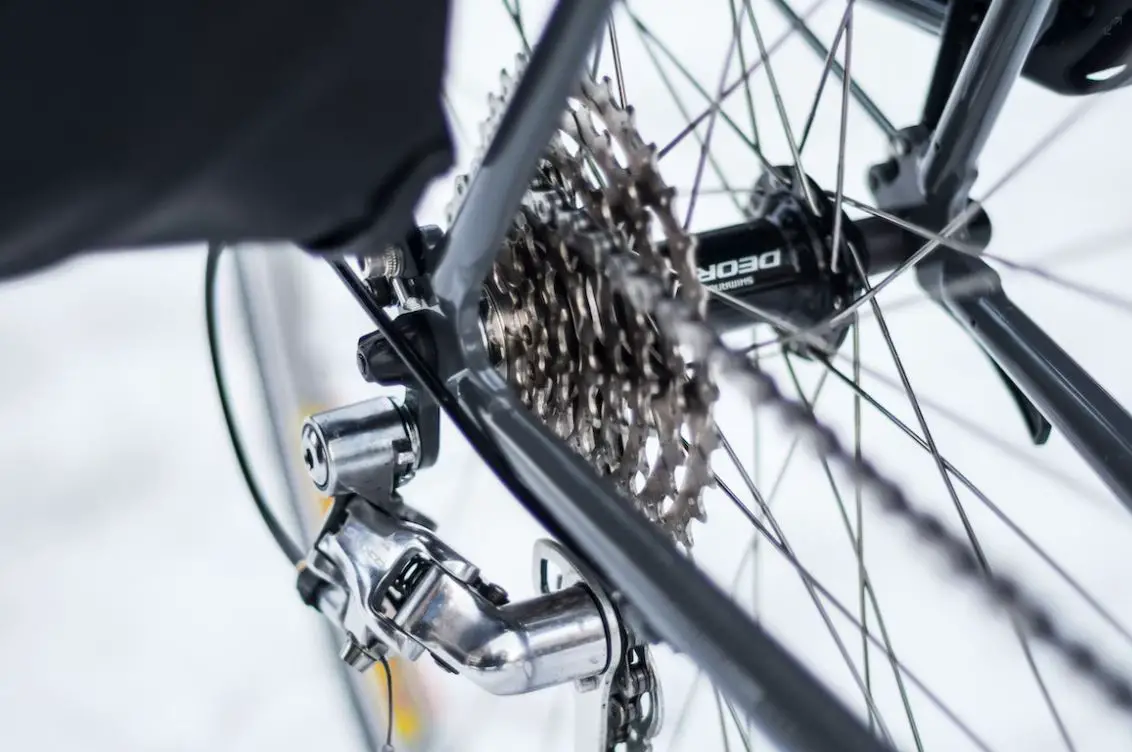
Wondering if you can install a SRAM cassette with a Shimano derailleur?
After all, both brands are well-respected and offer a range of high-quality components, so why not mix and match?
The short answer is yes, you use a SRAM cassette with Shimano derailleurs - but shifting performance may not be the best when mixing different brands.
In this post, I’ll give you a quick rundown of the compatibility of SRAM cassettes with Shimano derailleurs. Plus, I’ll share a few pointers and guidelines for cyclists looking to upgrade or replace their drivetrain components.
Also read Microshift Vs Shimano
SRAM Cassette With Shimano Derailleurs
In most cases you can use a SRAM cassette with Shimano derailleurs.
This is because both SRAM and Shimano use the same spacing between the cassette cogs, which is 1.8mm for 9-speed and 1.85mm for 10-speed or higher.
But be warned - the shifting performance may be affected by the combination of the SRAM cassette and Shimano derailleur as the shape and spacing of the teeth on the cassette can vary between brands.
This can affect how smoothly the chain shifts between gears.
For example, the SRAM 12 speed works well with a Shimano 12 speed derailleur - but properly align the guide pulley with the sprocket, you may need to adjust the B screw.
Here are a few things to consider when using SRAM cassette with Shimano derailleurs:
Match The Number Of Gears
Make sure the number of gears on the cassette matches the number of gears that your derailleur is designed for. SRAM has cassettes with different numbers of gears, such as 10-speed, 11-speed, and 12-speed.
For example, if your Shimano derailleur is designed for a 10-speed cassette, you’ll need to choose a 10-speed SRAM cassette.
Using a cassette with the wrong number of gears can cause poor shifting performance, as the spacing of the gears may not match the spacing of the derailleur. Plus, it can also damage the derailleur.
Check Maximum Cog Size
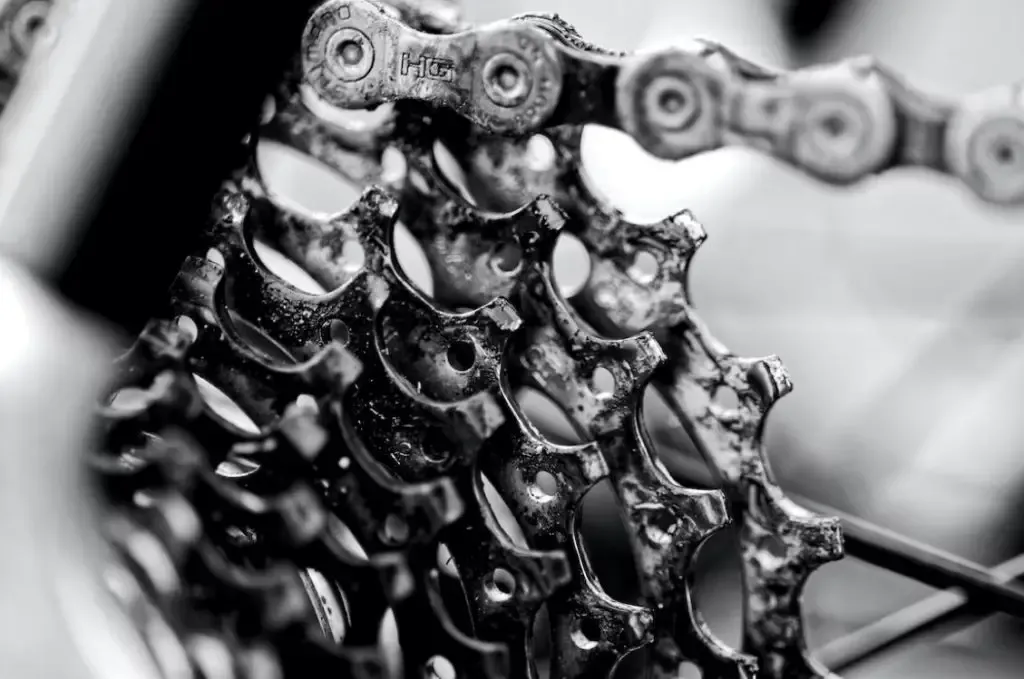
Shimano derailleurs have different maximum cog sizes depending on the model, and it’s important to choose an SRAM cassette with a maximum cog size that is within the range of your derailleur.
For example, a Shimano Ultegra R8000 rear derailleur can handle a maximum cog size of 35T, while a Shimano GRX RX812 rear derailleur can handle a maximum cog size of 42T.
Choosing a cassette with a cog that is too large for your derailleur will lead to poor shifting or the derailleur may not be able to shift onto the largest cog.
Gear Spacing
Some Shimano and SRAM cassettes have slightly different gear spacing, so it’s important to choose an SRAM cassette with the correct spacing for your Shimano derailleur.
If you choose a cassette with the wrong spacing, you may experience sluggish shifting or inconsistent shifting between gears.
Check B-Tension Adjustment
The B-tension adjustment on the Shimano derailleur sets the distance between the top jockey wheel of the derailleur and the largest cog on the cassette.
It’s important to ensure that the B-tension adjustment can accommodate the largest cog on the SRAM cassette.
If the B-tension is too loose, the derailleur may not be able to shift onto the largest cog. If it’s too tight, the derailleur may rub against the cassette and cause poor shifting performance.
You can adjust the B-tension using a small hex key.
Adjust Cable Tension And Limit Screws
After installing a new SRAM cassette, you may need to make minor adjustments to the cable tension and derailleur limit screws to ensure smooth shifting.
Cable tension controls how far the derailleur moves when you shift gears, and limit screws control how far the derailleur can move inwards and outwards.
If the cable tension is too loose, the derailleur may not shift onto the desired gear. If it’s too tight, the derailleur may overshoot the gear and cause poor shifting performance.
Similarly, if the limit screws are not adjusted properly, the derailleur may not be able to shift onto the smallest or largest cog.
You can make these adjustments using a screwdriver and following the instructions provided by Shimano.
Also read Derailleur Barrel Adjuster Stuck
Pros Of Mixing Brands Of Derailers and Cassettes
Mixing and matching cassettes and derailleur brands can have some potential benefits for cyclists, such as:
Personalization
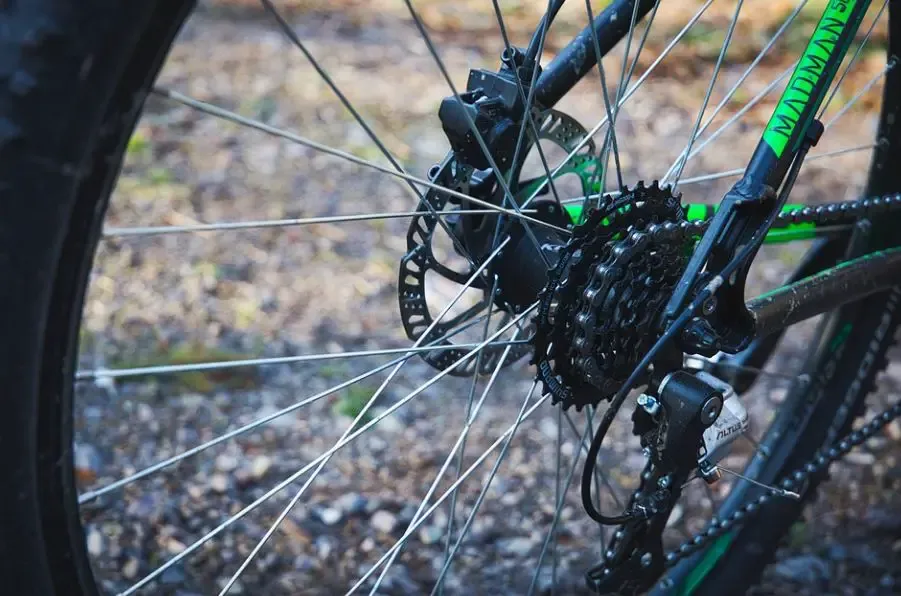
The main benefit of mixing and matching cassettes and derailleurs from different brands is the ability to customize your bike’s gearing to better suit YOU.
Plus, customizing your bike’s gearing can help you optimize your performance and make your ride more comfortable.
For instance, one might fancy the gear ratios offered by an SRAM cassette but favor the shifting performance and durability of a Shimano derailleur.
Cost Savings
Not only does mixing and matching components result in a custom bike setup, but it can also be an economical option.
This helps cyclists to take advantage of sales or discounts on individual components without being forced to purchase an entire groupset.
Compatibility With Older Bikes
In some situations, opting for a different brand of cassette or derailleur is the only solution to achieve compatibility with an older bike drivetrain.
Also read How To Pee In Cycling Bibs
Bottom Line
While mixing and matching components can lead to compatibility issues and may affect performance, there are some exceptions to this rule, and using a SRAM cassette with a Shimano derailleur is one of them.
Still, If you decide to use these components together, it’s important to make any necessary adjustments.
This ensures proper shifting and performance, but you have to be aware of the potential limitations and issues that may arise.
Frequently Asked Questions
| Question | Answer |
|---|---|
| Is The SRAM NX Cassette Compatible With Shimano? | Yes, the SRAM NX cassette is technically compatible with Shimano drivetrains, as both models use the same standard (HG standard) freehub body. |
| Are SRAM and Shimano Cassettes Interchangeable? | Yes, most SRAM and Shimano cassettes are interchangeable since they have the same hub uptake pattern and sprocket spacing. Plus the chains are interchangeable too. |
| Shimano Vs SRAM 12 Speed Cassette Spacing | Both Shimano and SRAM 12-speed MTB cassettes have slightly different sprocket center-to-center spacing. Shimano's 12-speed cassette has a spacing of 3.55 mm, while SRAM's 12-speed cassette has a spacing of 3.65 mm between sprockets. |

